The University of British Columbia has opened the most sustainable building in North America, a $37 million 'living laboratory' that will help to regenerate the environment and advance research and innovation on global sustainability challenges.
The Centre for Interactive Research on Sustainability (CIRS) is one of only a handful of buildings worldwide that will provide “net positive” benefits to the environment. It reduces UBC’s carbon emissions, powers itself and a neighboring building with renewable and waste energy, creates drinking water from rainwater and treats wastewater onsite.
 |
|
The CIRS building includes a green roof courtyard © Don Erhardt
|
CIRS will be an international centre for research, partnership and action on sustainability issues, including green building design and operations, environmental policy and community engagement.
Built to exceed LEED Platinum and the Living Building Challenge standards, CIRS is one of the few commercial buildings constructed primarily of certified wood and beetle-killed wood (currently B.C.’s largest source of carbon emissions).
Its wood structure locks in more than 500 tons of carbon, offsetting the GHG emissions that resulted from the use of other non-renewable construction materials in the building such as cement, steel and aluminum.
 |
|
CIRS interior © Don Erhardt
|
Quick facts about CIRS:
- Natural lighting: CIRS’ U-shape design maximizes natural daylight and fresh air for inhabitants, who control their environment (light levels, temperature) with their computers.
- Flexible workspaces: With power, data and ventilation under modular floorboards (instead of through walls or ceilings) at each workspace, offices can be reconfigured overnight.
- Green IT: CIRS has no desktop computers or servers guzzling energy. Inhabitants “remote access” into desktops, drives and servers, which are stored “in the cloud” instead.
- Psychology: One of many research projects is a study of CIRS’ influence on thoughts and behaviors and science-based methods for encouraging people to act sustainably.
- Earth-friendly eats: At CIRS’ Loop Café, you stir your coffee with dry linguine, which composts faster than stir sticks. There is no disposable packaging onsite.
- Cost comparison: CIRS cost 25 per cent more than an equivalent LEED Gold building, which is standard at UBC. The university is projected to recoup the extra cost in 25 years or less through reduced operation, maintenance and energy costs –and reap significant cost savings over the building’s project 100-year lifespan.
CIRS’ 'net positive' environmental impacts:
- Energy: By capturing energy from the sun, the ground and the nearby Earth and Ocean Sciences (EOS) building, CIRS heats itself and returns 600 megawatt hours of surplus energy back to campus.
- Operational carbon: CIRS’ operations require no fossil fuel and the surplus energy CIRS returns to EOS removes an additional 150 tonnes of GHG emissions annually through reduced natural gas use.
- Structural carbon: CIRS’ wood structure locks in more than 500 tonnes of carbon, offsetting GHG emissions from non-renewable materials used in the building’s construction, including cement, steel and aluminum.
- Water: CIRS will satisfy the water needs of 200 inhabitants, plus hundreds of auditorium and café users, by capturing rain and treating it onsite. Water that can’t be used for drinking will recharge the local aquifer.
|
|
|
Interior air flows up a central chimney or 'stack' © Don Erhardt
|
 |
|
Naturally lit lecture hall © Don Erhardt
|


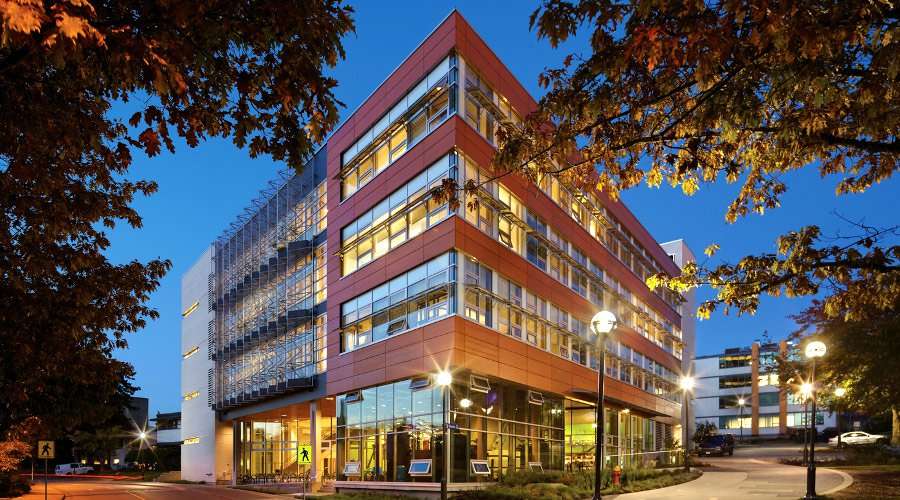
















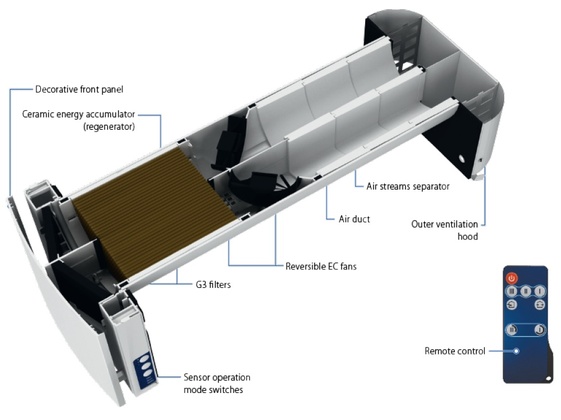

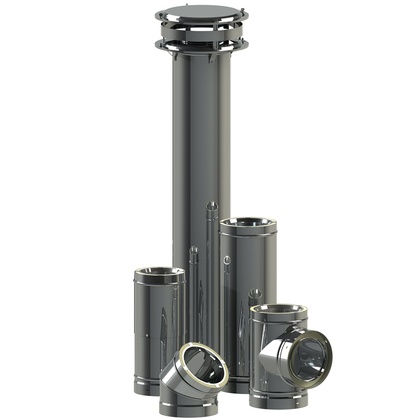

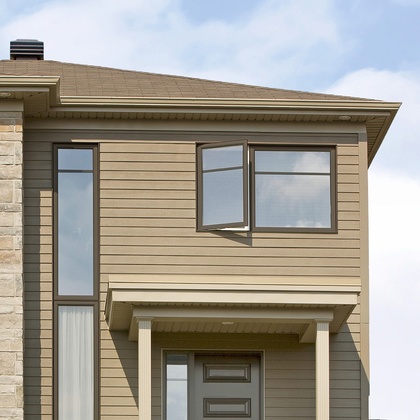

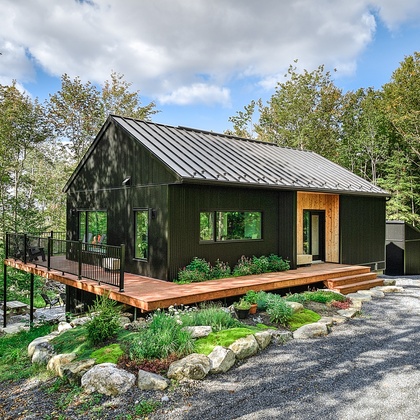


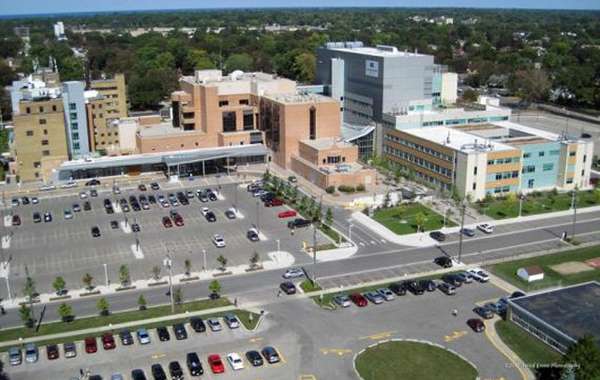
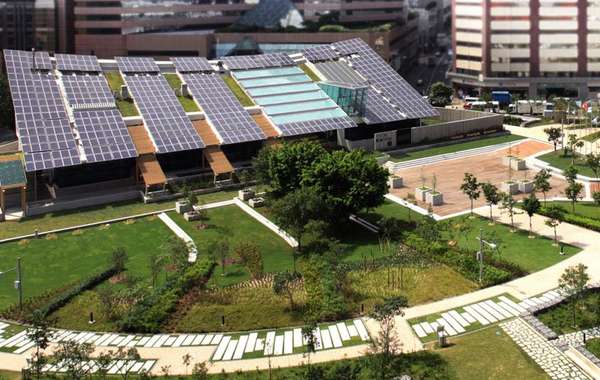
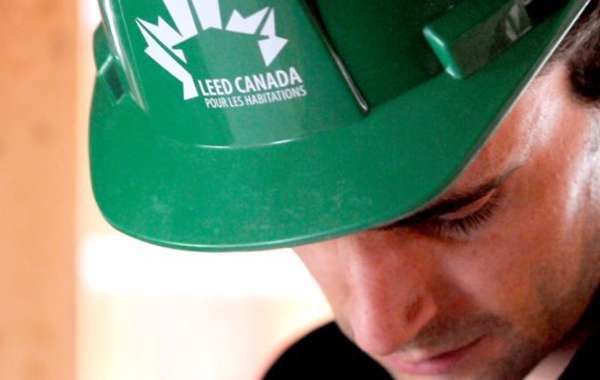
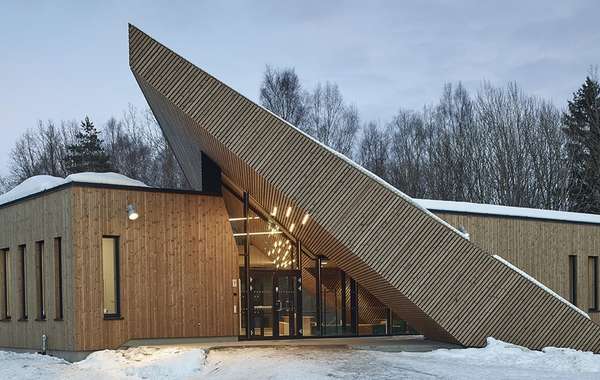
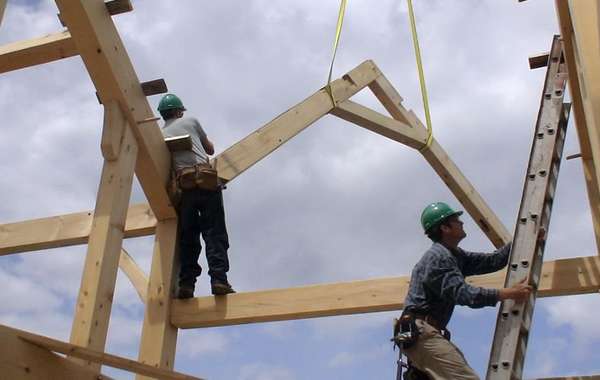
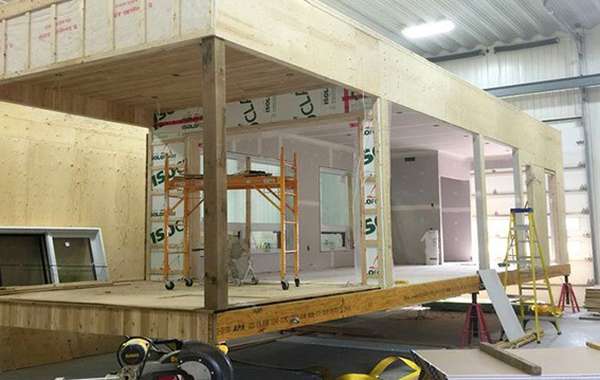
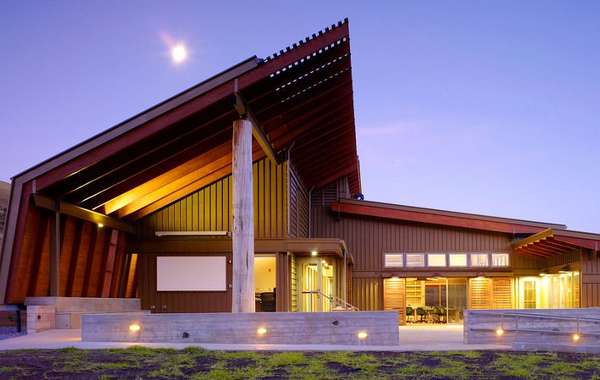
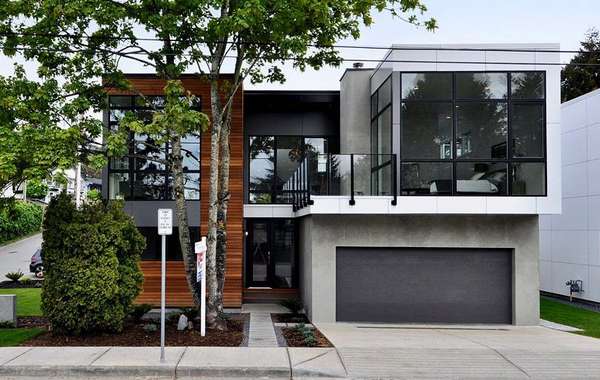
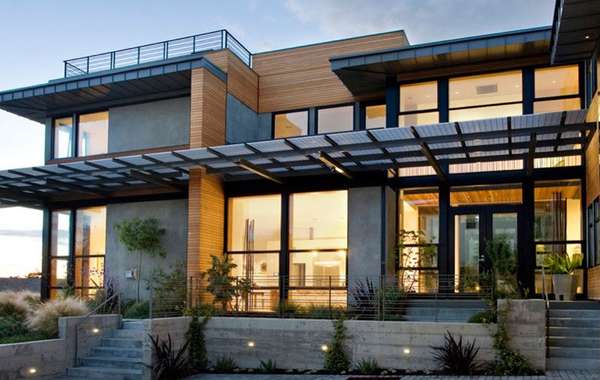
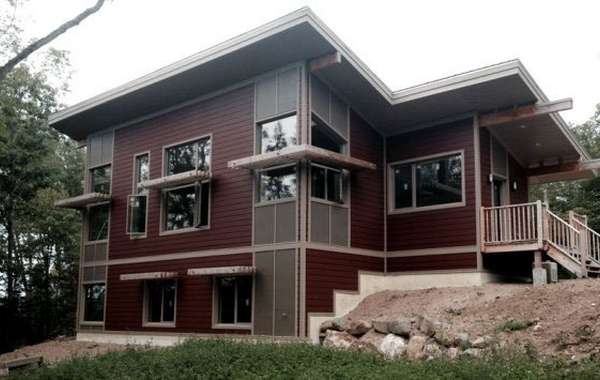

Comments (0)
Sign Up to Comment